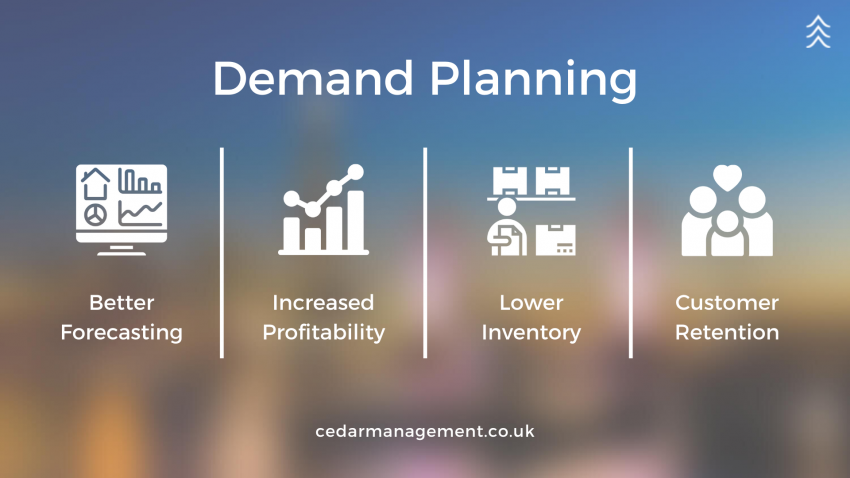Demand planning (DP) in Sales and Operations Planning (S&OP) is the process of analysing previous trends and forecasting the demand for goods or services in the near future, it helps in producing and delivering goods or services more efficiently to the satisfaction of customers. DP and S&OP help in planning day to day functions that meet upcoming demand for the organisation.
S&OP is a methodology of supply chain planning whose objective is the preparation of a unified, consensus-based business plan. It defines what your department will focus on for the near future or the upcoming year.
Points that should be kept in mind while working on demand planning in S&OP are:
Purpose
The purpose of DP in S&OP is to prepare a statistical forecast for goods or services. For this, a planning team that consists of sales, operations and manufacturing stakeholders of the organisation, review available information, such as historical data on demand, market research, and surveys, and then agree on a forecasting model. They believe that it will be most effective at predicting demand for goods or services.
Significance
The market is unpredictable and demand changes rapidly. If demand plans can’t be adjusted actively, businesses could end up with zero stocks and unsatisfied customers, or warehouses full of stock costing the organisation money. DP must stay ahead of the market instead of merely reacting to it, and make decisions based on real-time market data, rather than solely on historical data.
Steps in S&OP
There is a basic process that is used in S&OP: –
- Collection of data: Collect information on past sales, analyse trends, and report forecasts.
- Demand Forecasting / Planning: Validate forecasts, understand sources of demand, account for variability, work on promotion plans, one-time events, new customers and new product launches.
- Planning of Producing & Supply: Assess the ability to meet demand by reviewing available capacity, inventory, scheduling required operations, setting inventory targets and plan supply to fulfil the required demand.
- Plan Reconciliation: Match supply and demand plans with financial considerations.
- Approve the S&OP: Finalise the plan and implement.
Benefits
Benefits of effective demand planning in S&OP process include:
- Improved profitability of the organisation
- Increased customer satisfaction levels
- Lower inventories
- Higher product revenues
In addition, it helps to answer:
- How does forecasted demand compare to forecasted supply?
- What are the forecasted resource requirements to meet both demand and supply?
- What is required to ensure that resources are available when needed?
Inference
The end goal of demand planning in S&OP is to create a plan that unifies all demand and supply planning activities around a consensus-based plan and also helps in higher productivity, greater customer satisfaction and lowering the inventory costs. Reaching consensus is much easier when S&OP activities (inventory planning, demand planning, and supply planning, etc.) are tightly integrated with other aspects of supply chain planning.
